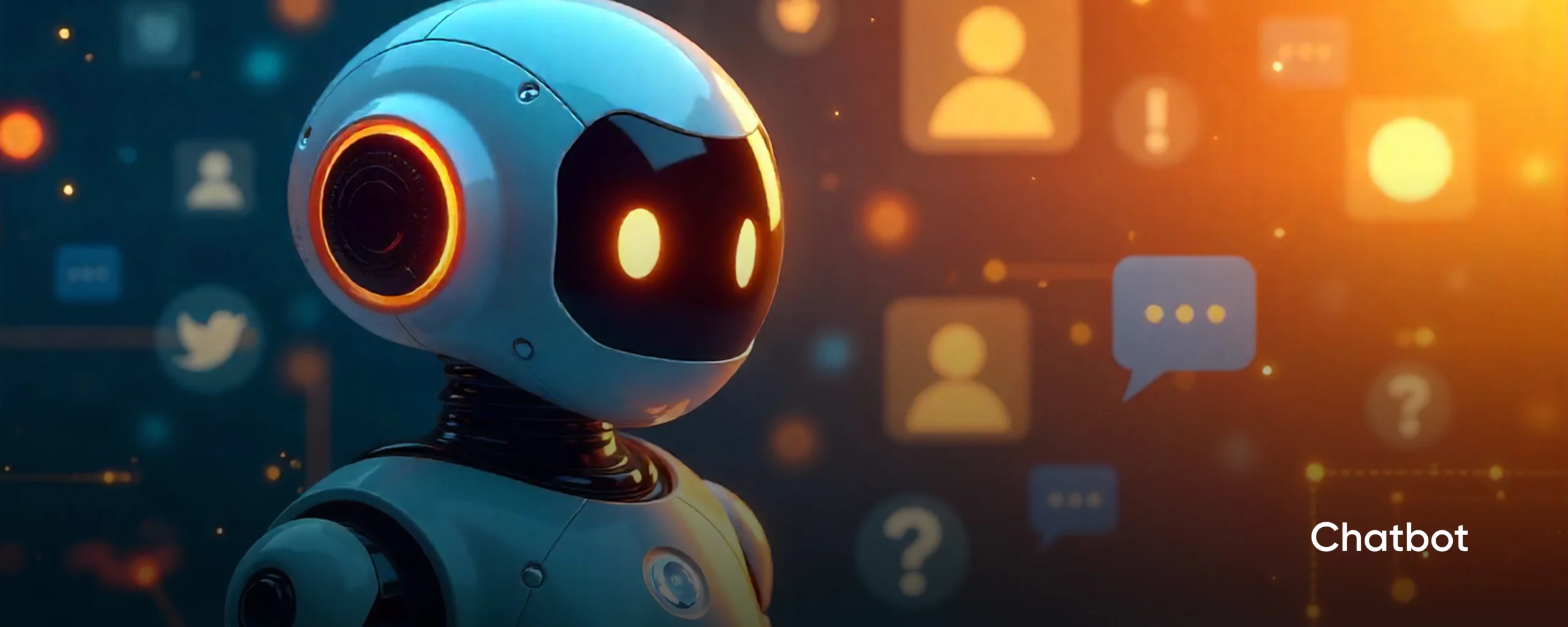What Are the Types of Chatbot and Which One Fits Your Business

Chatbots are everywhere on websites, messaging apps, and even voice assistants. But not all bots are created equal. Knowing the types of chatbot helps you decide which one fits your goals and budget.
This guide breaks down the main chatbot types, their pros and cons, and how Isometrik AI helps you build the right one.
What is a chatbot?
A chatbot is software that interacts with users through text or voice. It can:
- Answer questions instantly
- Handle repetitive tasks without humans
- Operate 24/7 across channels
Some bots are simple rule-followers. Others use AI to understand intent, context, or even sentiment. Businesses rely on them to cut costs, scale support, and improve customer satisfaction.
The main types of chatbot
Here are the six most common types of chatbot used in 2025. Each serves a different purpose.
1. Menu-based chatbots
These are button-driven or decision-tree bots. They present users with options and guide them step by step.
- Strengths: Easy to build, predictable, cost-effective
- Limits: Rigid, frustrating when questions fall outside the menu
- Best for: FAQs, onboarding, lead capture, simple product selection
2. Rule-based chatbots
These bots use if-then logic or keyword triggers. They’re more flexible than menus but still rely on predefined scripts.
- Strengths: Handle common questions, predictable responses, low cost
- Limits: Struggle with varied phrasing, require frequent updates
- Best for: Help desks, order tracking, policy info, standard support
3. AI-powered chatbots
These use natural language processing (NLP) to understand intent and phrasing. They can learn and improve with training.
- Strengths: More natural conversations, better handling of edge cases
- Limits: Higher setup costs, need clean data and oversight
- Best for: Customer service, recommendation engines, personal assistants
4. Contextual or conversational AI chatbots
These bots go beyond NLP. They remember past interactions and personalize conversations across multiple turns.
- Strengths: Smooth, human-like experiences, great for repeat customers
- Limits: Expensive, require strong data privacy and compliance
- Best for: Banking, healthcare, travel planning, subscription services
5. Hybrid chatbots
Hybrid bots combine rule-based logic with AI. Simple queries are handled with rules, while AI takes care of complex ones.
- Strengths: Balanced cost and coverage, flexible
- Limits: More complex to design, need seamless handoffs
- Best for: Enterprises with diverse customer needs, omni-channel support
6. Voice-enabled chatbots
These use speech recognition and text-to-speech to allow hands-free interaction.
- Strengths: Convenient, accessible, great for multitasking
- Limits: Accuracy issues with accents/noise, higher privacy risks
- Best for: Call centers, smart devices, in-car systems, voice assistants
How to choose the right chatbot
Picking the wrong type leads to wasted time and poor customer experiences. Use this process:
- Define goals
Are you cutting support costs, driving sales, or improving satisfaction? - Map query complexity
If queries are predictable, go rule-based. If varied, AI or hybrid works better. - Check resources
Do you have data, budget, and technical support? - Review compliance
Follow data protection laws like GDPR, CCPA, and new APAC rules, especially for voice and contextual bots. - Plan for growth
Start with a simple bot. Upgrade later as your needs and data expand.
Results to expect with chatbot implementation
Businesses often see:
- Support tickets reduced: 10–30% with rule-based bots, 40–70% with AI/hybrid
- CSAT scores up: +5–15 points with rule-based, +15–30 with AI/contextual
- Faster responses: Instant for simple queries, faster handling of complex ones
- ROI timeline: 3–9 months for basic bots, 6–18 months for advanced bots
Implementation roadmap
- Audit past customer conversations
- Select a starting chatbot type
- Define fallback paths (e.g. transfer to human)
- Use a scalable platform like Isometrik AI
- Train the bot with real-world data
- Measure performance and iterate
Conclusion
The types of chatbot you choose shape how customers experience your brand. Simple menus and rule-based bots work for predictable questions. AI and contextual bots handle complex, varied interactions. Hybrid models often strike the right balance, while voice bots bring convenience in the right environments.
If you’re ready to identify which chatbot type fits your business, reach out to Isometrik AI. Our team will review your goals, assess your data, and recommend a chatbot strategy that makes sense today while setting you up for tomorrow. Book a free consultation and see how the right chatbot can improve both efficiency and customer satisfaction.